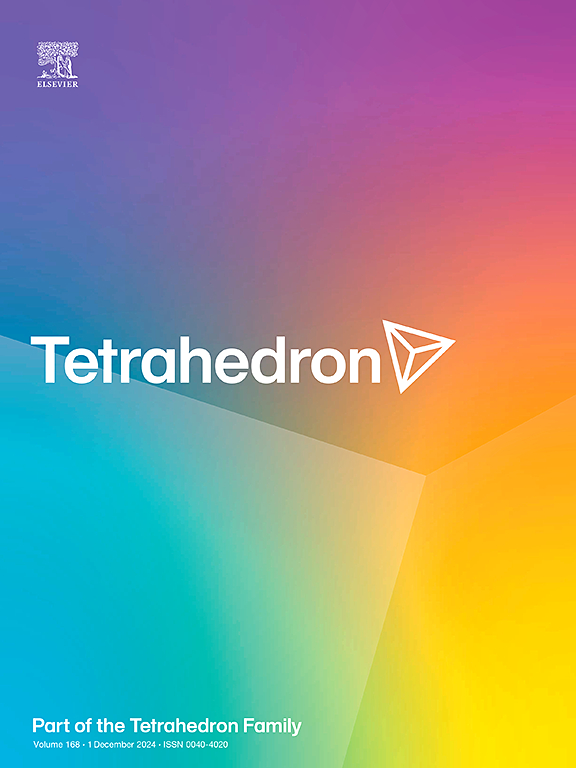One pot synthesis of coumarin fused fluorescein derivative for mercury ion detection: An experimental and theoretical approach
IF 2.1
3区 化学
Q2 CHEMISTRY, ORGANIC
引用次数: 0
Abstract
In this study, a highly fluorescent fluorescein-based derivative (2FLC) was synthesized using a one-pot synthesis method. The structure of the molecule was confirmed through physicochemical analysis, including 1H NMR, FT-IR, and mass spectroscopy. The chemosensor property of 2FLC with different metal ions (Cu 2+, Al3+, Ag +, Hg2+, Mg2+, Fe2+, Co2+, K+, Zn2+, Ni2+, Pb2+, Cd2+ and Mn2+) is investigated through absorption and fluorescence studies in a water medium. Interestingly, it is observed that the 2FLC exhibited a remarkable turn-off fluorescence response upon adding Hg2+ ion as compared to different metal ions. Further, competitive metal ion studies indicate that the receptor 2FLC exhibits exceptional selectivity in detecting Hg2+ ion without being affected by other metal ions. The detection limit of 2FLC for targeted Hg2+ ion was 8.87 μM. The binding stoichiometry between the receptor 2FLC and the Hg2+ metal ion was verified using both Job's plot and the Benasi-Hildbrand methods and found to be 1:1. Theoretical studies and FT-IR spectra confirmed the strong binding and formation of 2FLC-Hg2+ complex. Overall, the results suggest that the newly synthesized water-soluble 2FLC molecule may be used as a chemosensor to detect Hg2+ ion.

求助全文
约1分钟内获得全文
求助全文
来源期刊

Tetrahedron
化学-有机化学
CiteScore
3.90
自引率
4.80%
发文量
439
审稿时长
34 days
期刊介绍:
Tetrahedron publishes full accounts of research having outstanding significance in the broad field of organic chemistry and its related disciplines, such as organic materials and bio-organic chemistry.
Regular papers in Tetrahedron are expected to represent detailed accounts of an original study having substantially greater scope and details than that found in a communication, as published in Tetrahedron Letters.
Tetrahedron also publishes thematic collections of papers as special issues and ''Reports'', commissioned in-depth reviews providing a comprehensive overview of a research area.
 求助内容:
求助内容: 应助结果提醒方式:
应助结果提醒方式:


